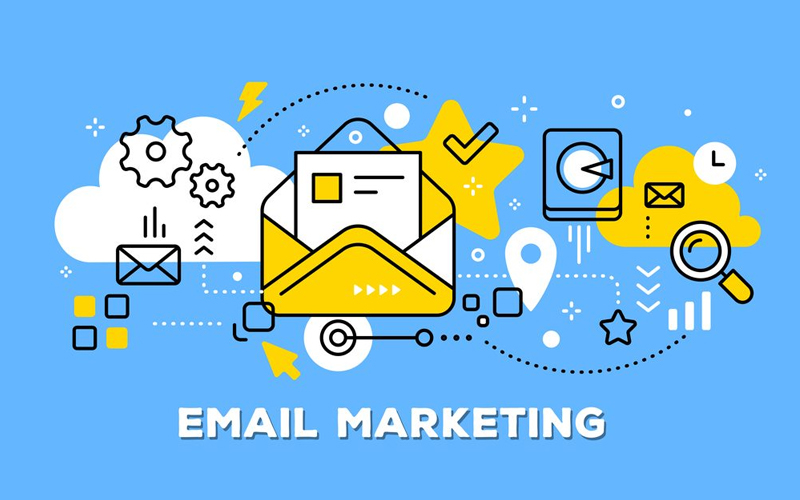
Email deliverability is a vital component of any email marketing strategy. After all, if your emails don’t get to the inbox, they can’t inspire action. This post will explain email throttling and how to avoid it.
Email Throttling
Email throttling occurs when a receiving ISP limits the amount of email received from a sender during a specified period.
Your Email Service Provider (ESP) sends emails to a large number of recipients, but only for a short time. The ISP blocks subsequent delivery attempts, causing a soft bounce.
Email throttling and deferral are often used interchangeably, but they differ slightly. During throttling, your ISP blocks all email delivery attempts. In deferral, the delivery attempt succeeds, but the ISP rejects it and requests it be sent later.
What Causes Email Throttling?
A sender’s mail volume is usually limited by an ISP’s timeframe. The ISP rejects delivery requests when you cross the threshold, increasing bouncebacks.
The limits change based on your IP address, spam complaints, bounce rates, and subscriber engagement. To build up a good sending reputation, an ISP may limit a new IP’s daily volume.
What Impact Does Email Throttling Have?
It can harm your email marketing efforts in many ways.
As a result of low deliverability and poor email marketing, high email throttling rates damage sender reputation.
Email marketing has the highest return on investment of all digital channels. Every dollar spent on email marketing returns $42. Also, 84% of marketers say email is the best way to acquire new customers.
Your domain and IP reputation are also important, especially in an age where marketers compete for subscribers’ attention. With over 306 billion emails sent daily, a bad reputation score could cost you a competitive advantage.
With a low sender score, ISPs may divert emails to spam folders or fail to deliver them entirely. Remember that successful email marketing requires high subscriber engagement. Because spam emails have low click-through rates, open rates, and time spent viewing, they are ineffective.
How to Prevent Email Throttling
To keep a high sender score, take action to avoid future email throttling. Here are some solutions to the throttling issue:
1. Segment Your Email Traffic
Consider separating your marketing and transactional email traffic to warm up your IP. So you can build and maintain traffic from each list separately.
2. Prep Your New IP
Building trust takes time, and building a solid sender reputation is no exception. Sending emails from a new IP or domain can be risky.
Warm up the IP. Send a small number of emails over time. To establish your reputation identity, take it slow and steady for the first 30 days. You can gradually increase the volume as your campaigns require.
3. Make Use of Email Automation Tools
Use an automation tool to set daily sending limits. ReferralCandy’s Raul Galera does this when sending automated cold emails. He also delays messages so they don’t all arrive at the same time.
Benchmark Email has you covered when it comes to email throttling. Our support team makes it easy by controlling our users’ sending for the first few email campaigns. After a few days (up to two weeks), our users’ accounts resume normal sending. This is used to establish the domain and IP reputation.
Suppose a client signs up for an HVS plan. The account will be assigned new dedicated IPs to ensure email deliverability is independent of other Benchmark Email accounts.
4. E-mail Databases Cleanup
Also, remove inactive emails and unsubscribes from your database to keep it clean. Reduced bouncebacks mean improved email deliverability.
5. Build a Good Reputation
Email throttling hinders deliverability and hinders email marketing. If you want your emails to go to the inbox and not the spam folder, you should use best practices to avoid throttling. This increases email deliverability, allowing your marketing campaigns to soar.